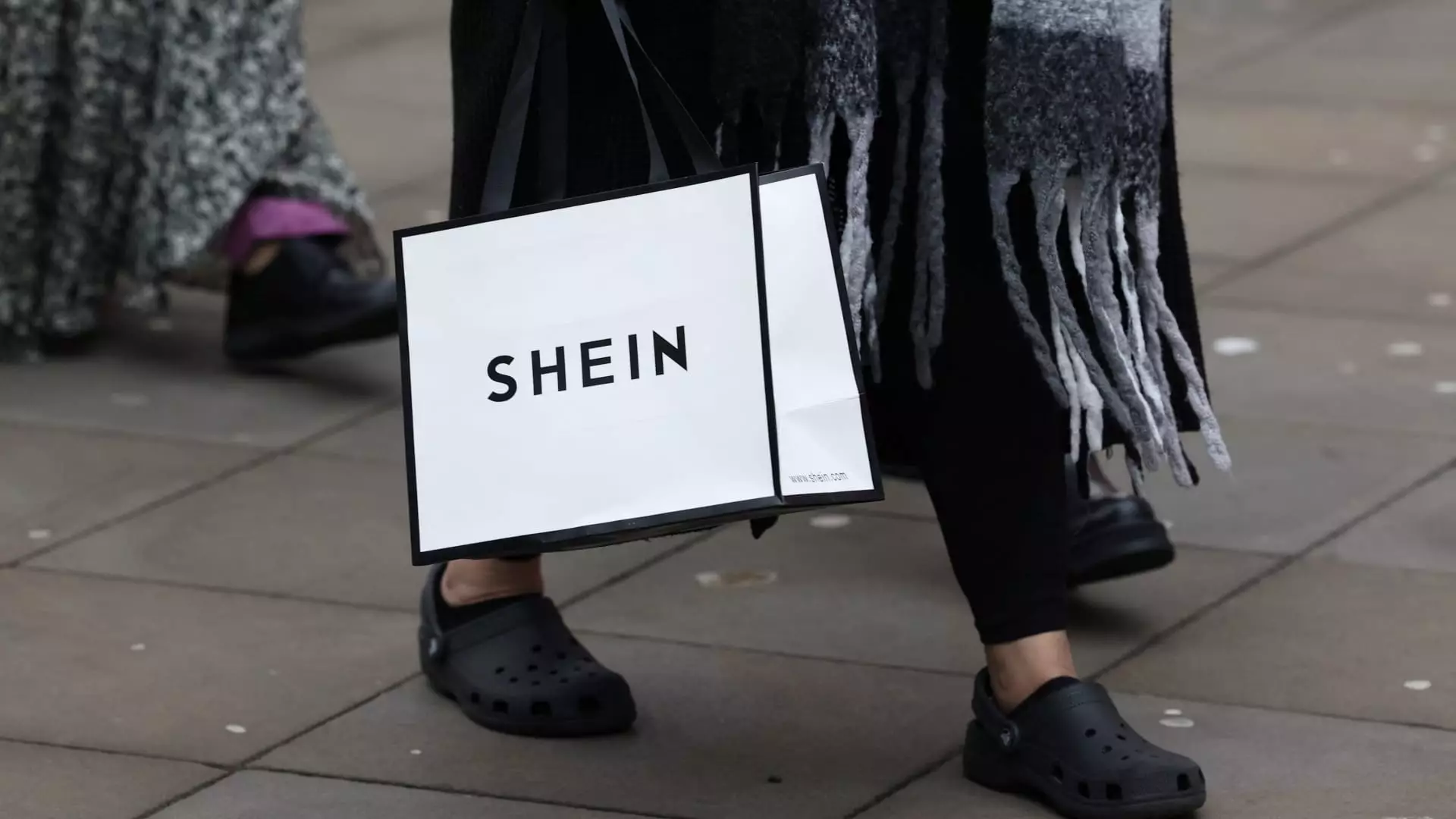Shein: Navigating Challenges in Safety, Sustainability, and Public Perception

As Shein, the fast-fashion titan, sets its sights on a potential public listing in London later this year, it embarks on an aggressive campaign to bolster its image and quell mounting skepticism surrounding its operational practices. In a recent press release, the company relayed a comprehensive overview of the measures it has implemented to ensure the safety of its products. This announcement follows the retailer’s first product safety recall in the U.S. since 2021—a move that has raised eyebrows and intensified scrutiny from regulatory bodies and public watchdogs alike.
Historically, Shein has maintained a competitive edge through its rapid production cycles and low-cost items, often at the expense of transparency and ethical practices. The company’s foray into public markets demands a departure from its previous opacity, especially concerning consumer safety and sustainability. As consumers become increasingly aware of the implications of fast fashion, companies like Shein are forced to confront criticisms, reevaluate their practices, and showcase genuine commitments to ethical standards.
Shein’s recent initiatives include a commitment to rigorous product safety testing, having reportedly conducted over two million tests in the previous year using reputable industry laboratories such as Bureau Veritas and Intertek. This is particularly significant given the rising concerns about safety hazards in fast-fashion products. The company has instituted rigorous requirements for its vendors, mandating that they provide necessary documentation, particularly for high-risk items such as toys, baby products, medical devices, and electronics.
The emphasis on safety testing marks an important shift in Shein’s operational strategy. While safety testing has become an industry norm, particularly in brick-and-mortar retail, online marketplaces like Shein typically allow third-party sellers to self-regulate. By conducting its own testing on third-party products, Shein differentiates itself from many competitors that opt to minimize liability through vendor oversight. This proactive stance may assist the company in alleviating concerns from consumers and regulators alike, positioning it as a leader rather than a follower in the fast fashion movement.
Nevertheless, reassurance measures haven’t been enough to alleviate scrutiny from lawmakers in the U.K. Earlier this month, representatives of Shein were held accountable during a parliamentary hearing where they faced pointed questions regarding the company’s supply chain practices. The reluctance of Shein’s legal representatives to answer inquiries—especially those pertaining to the sourcing of cotton from China and the contentious issue of forced labor in Xinjiang—left many lawmakers frustrated and incredulous. This evasiveness feeds the narrative that Shein is not fully transparent regarding its supply chain, raising fears that the company continues to profit from ethically unsound practices.
Shein has regularly maintained a line of compliance stating that it adheres to all laws within its operational realms. However, this argument falls short in the face of mounting evidence surrounding human rights abuses in regions like Xinjiang, which are critical to the textile supply chain. Lawmakers’ astonishment at Shein’s refusal to engage in discussions on these significant subjects has led to a heightened sense of distrust about the retailer’s commitments to human rights and ethical responsibility.
The continuous scrutiny upon Shein isn’t occurring in a vacuum. Other major players in the fast-fashion sector are equally under pressure to enhance labor practices and ensure sustainable sourcing. As consumers increasingly align their purchasing behaviors with their ethical standards, transparency will become both an expectation and a demand. Companies that fail to meet these demands risk alienating their customer base and suffering reputational damage that extends beyond financial considerations.
Shein’s approach in the coming year will be pivotal, not only for its successful transition to a public entity but also for the broader narrative surrounding fast fashion. The time for superficial gestures has long passed; consumers are calling for genuine commitment and accountability. Should Shein fail to demonstrate meaningful progress in addressing these concerns, the ramifications could be severe, impacting its bottom line and public perception for years to come.
Ultimately, Shein is at a crucial juncture, caught between the need to uphold its market dominance and the external pressures to conform to ethical business practices. While initiatives aimed at improving product safety and incorporating sustainability into its business model are positive developments, they may not sufficiently counterbalance the significant controversies tied to its operations. The brand’s ability to navigate these challenges effectively will determine whether it emerges as a responsible fashion retailer or remains a controversial symbol of fast fashion’s pitfalls. In this era of informed consumers, Shein’s success will depend on its commitment to authenticity and accountability in every facet of its operations.





